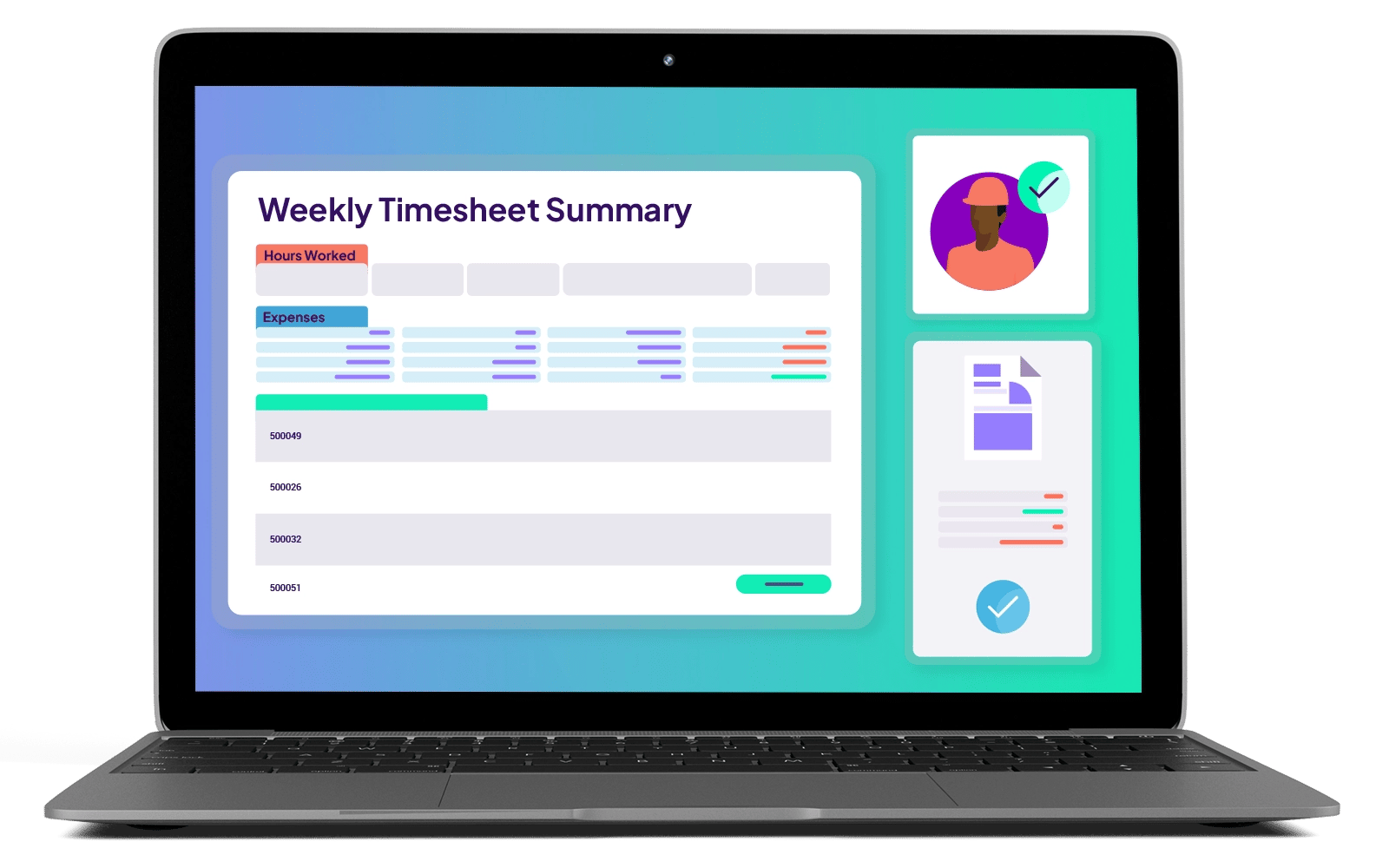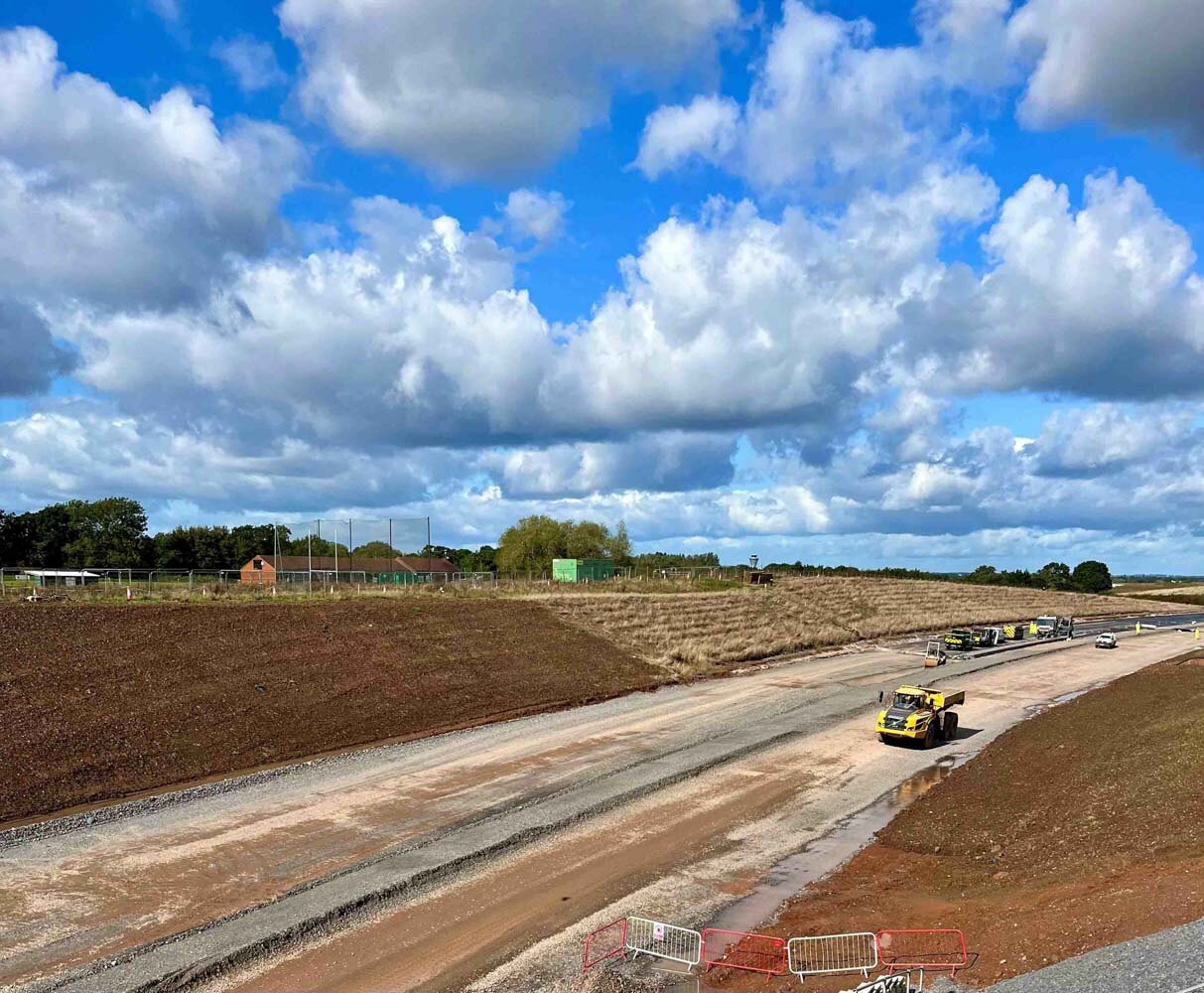
How Skanska are using Causeway SkillGuard to streamline their project at the M42 J6
Watch this case study video to see how Skanska has used SkillGuard to streamline their onsite operations and improve site ...
Causeway SkillGuard is a digital passport that keeps track of your workforce’s skills, competencies, experience, training and more. Validate authority to work and ensure your teams meet the requirements of the project and the site that they’re working on.
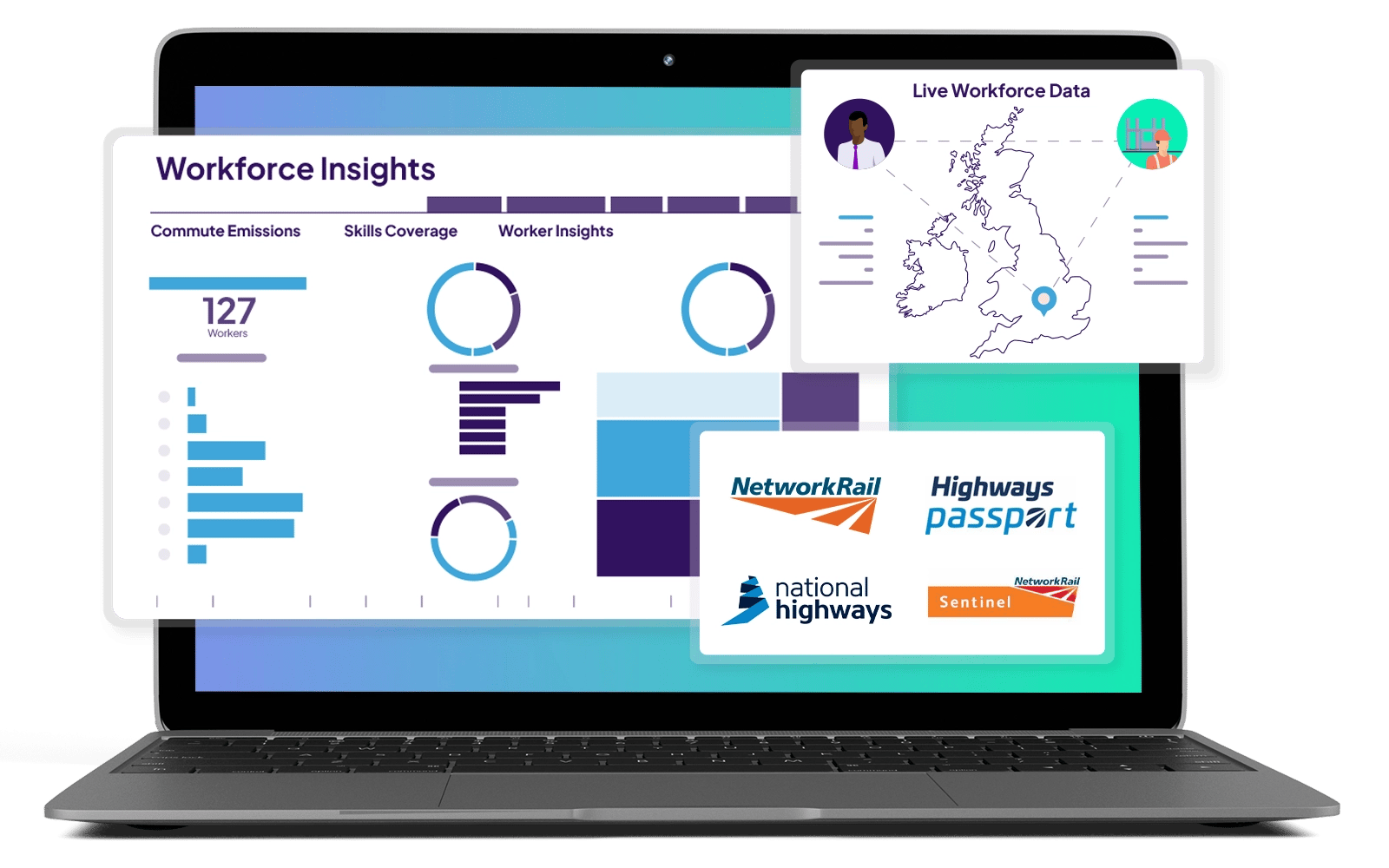
Ensure site safety and drive efficiency with Causeway SkillGuard. Our secure mobile workforce competency management software provides evidence that all of your workers have the skills they need and authority to work, with certifications for their competencies. It is the technology behind the Network Rail Sentinel system (the largest health and safety passport system in the world), as well as the Highways Passport scheme.
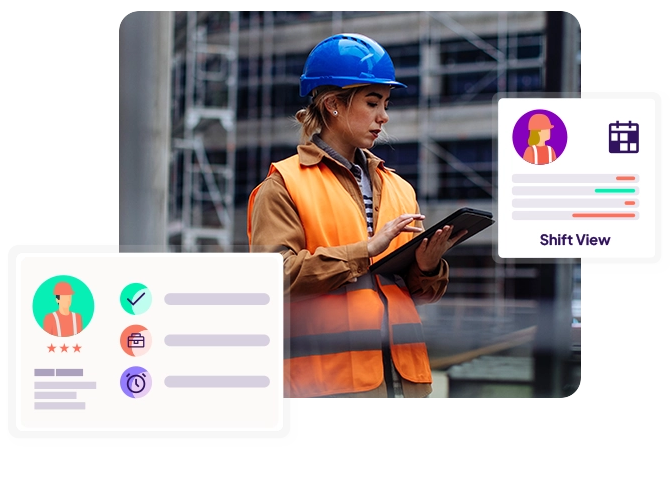
Ensure your whole site team is fully qualified and onboarded. Assign jobs based on the best skills match, and manage risk, safety and compliance.
Manage and optimise resources and respond quickly to changes in scope with real-time worker data. Create an audit trail, minimise risk exposure and increase efficiency.
Improve on-site processes and automate administrative tasks to increase efficiency. Managing large teams has never been simpler thanks to Causeway SkillGuard.
See the scale of Causeway SkillGuard’s impact on workers around the world:
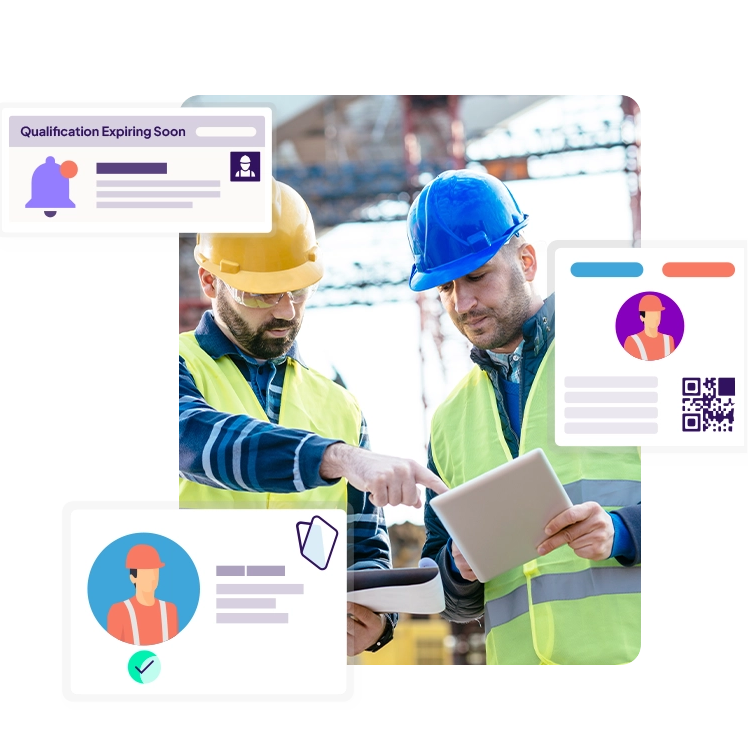
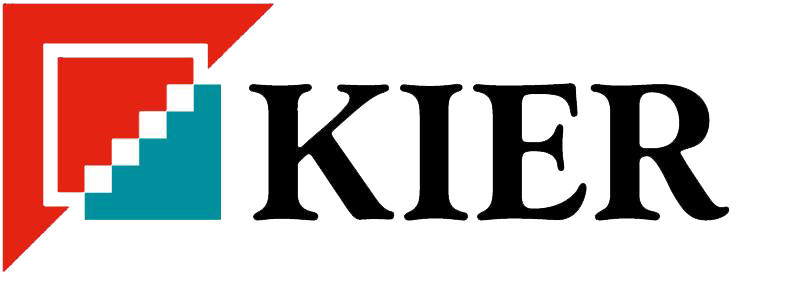


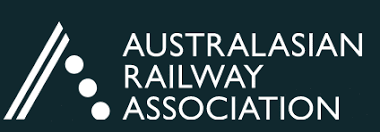

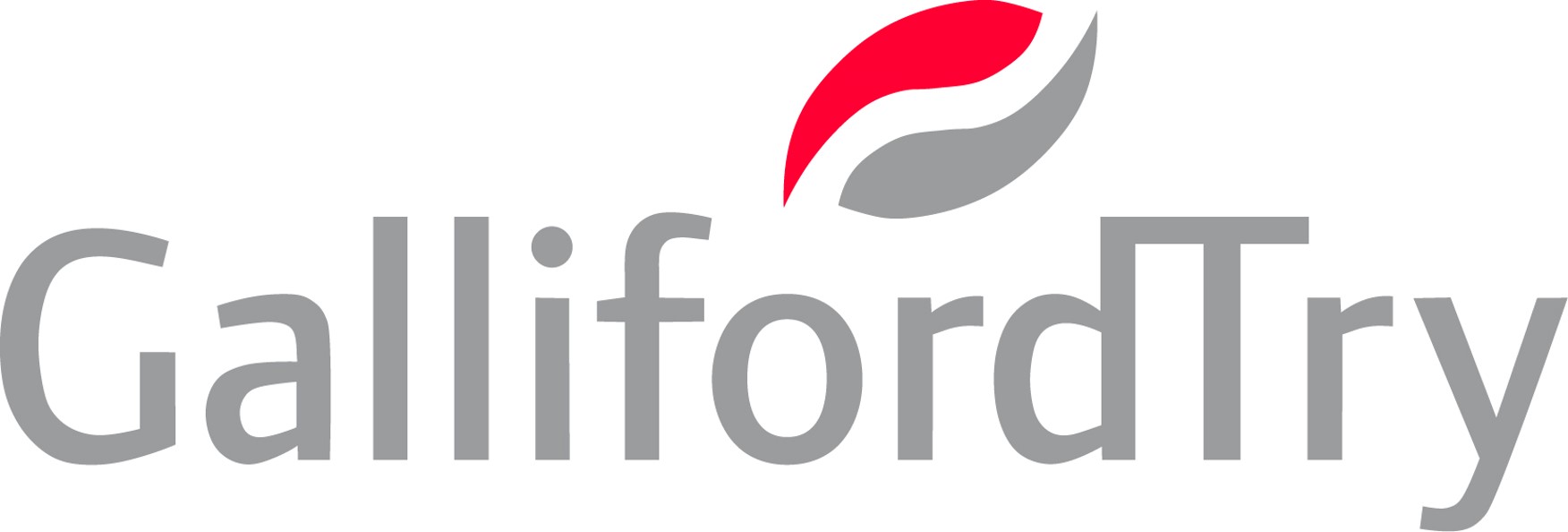
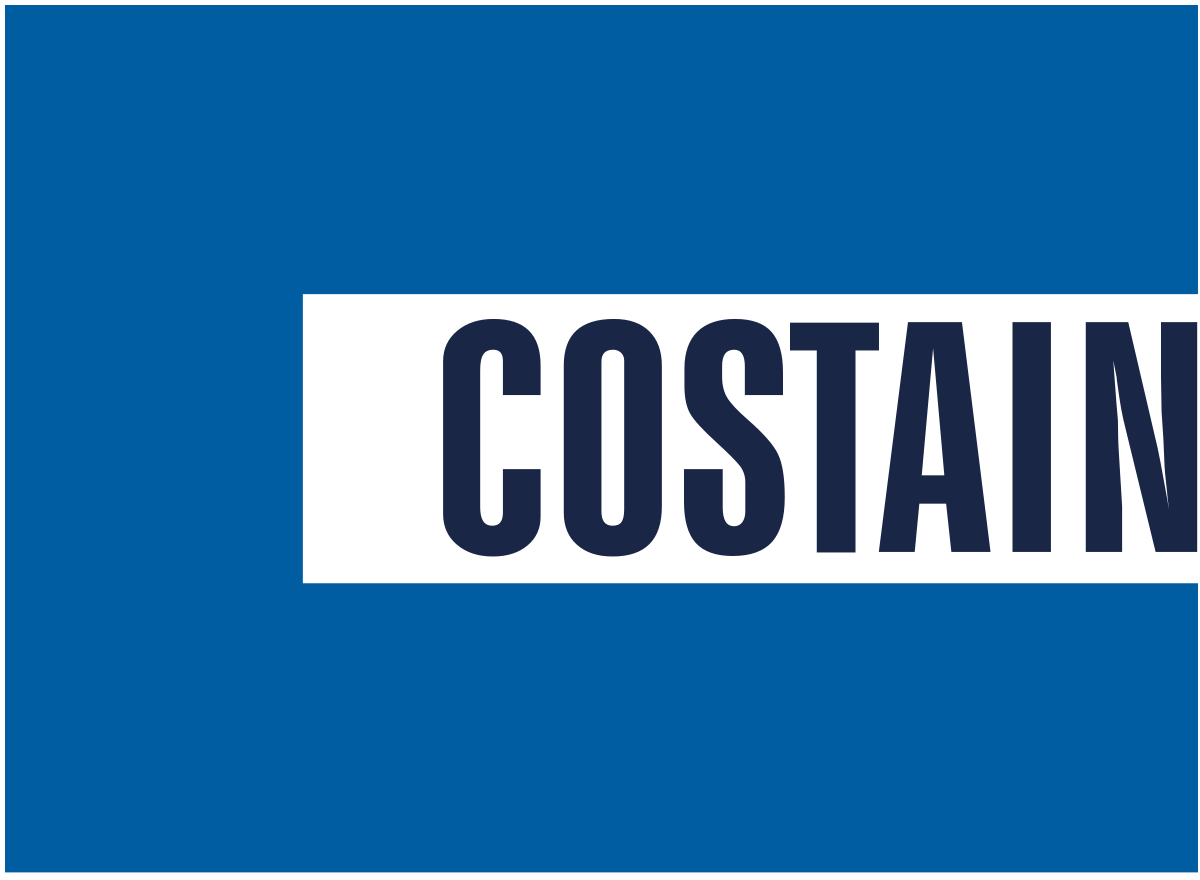

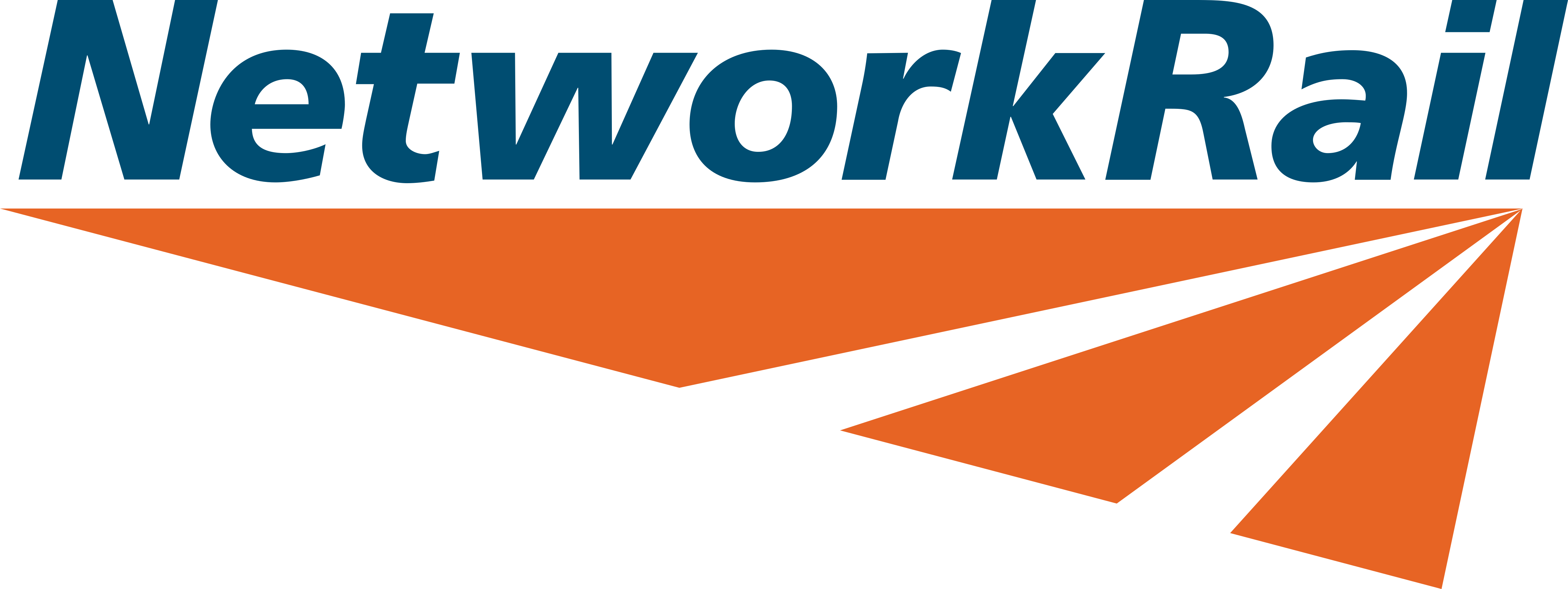
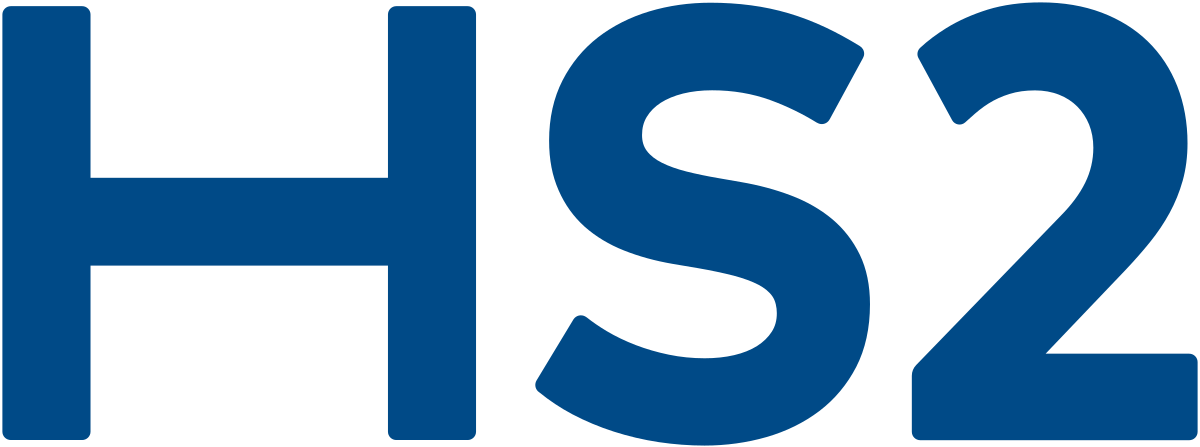
Built in communication functions let you send alerts and messages to teams and individuals, facilitating agile working.
Risk assessments, project onboarding and safety training certifications are logged on the worker record for easy reference.
Causeway SkillGuard provides a centralised record of relevant worker qualifications, work history, and project-specific training.
Causeway SkillGuard can integrate with existing systems, such as HR and training tools. Compatibility with Causeway Donseed for biometric time and attendance provides a single digital operative ID.
Use virtual and physical Causeway SkillGuard smartcards with mobile apps for accessible and easy-to-use site access control, spot checking, competence award and attendance logging.
Causeway SkillGuard puts health and safety first by ensuring that every worker attending site is qualified and competent before they arrive and by helping manage your workforce's training.
Whether teams are employed directly, or by contractors, Causeway SkillGuard lets you ensure only qualified, certified individuals who meet your standards are permitted on site.
Powerful in-built reports and compatibility with Power BI lets you analyse workforce data. Discover insights into project staffing, competency gaps, and workforce planning to power future decisions.
Causeway SkillGuard provides an overview of worker training. Upskill your teams, manage certification renewals, and make sure your projects and sites are staffed by highly competent workers.
From health and safety onboarding, incident alerts, and policy roll-out with targeted messaging, you can reach your workers whenever you need to communicate important information, wherever they are.
Get in touch to learn how Causeway SkillGuard can help you manage your workforce schedules, certifications, and skill levels in one place.
An easy-to-use skills and competence tracking tool
Authority to work validation
Site safety compliance and risk mitigation

Watch this case study video to see how Skanska has used SkillGuard to streamline their onsite operations and improve site ...
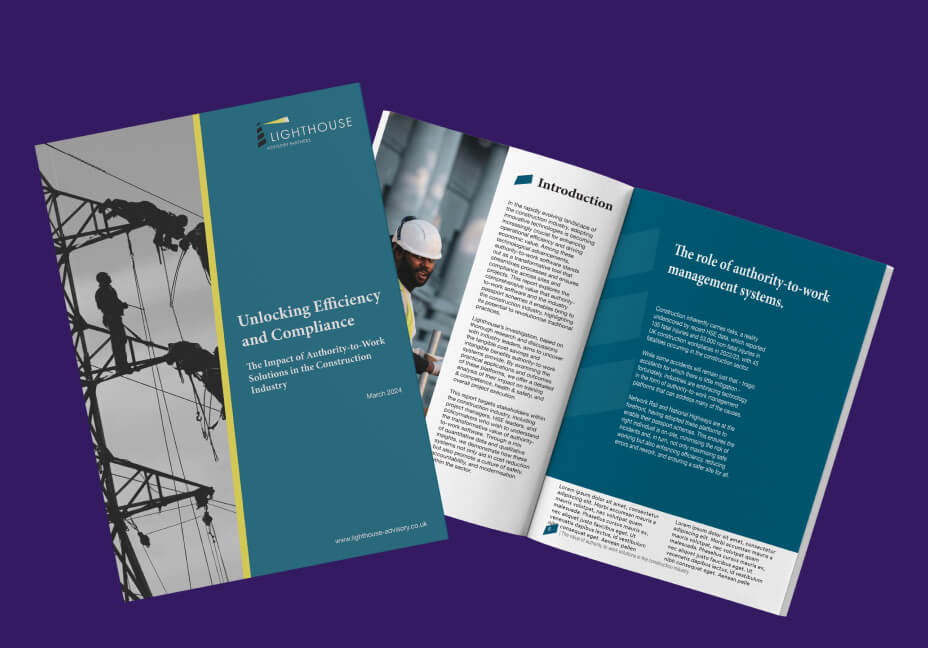
A brand-new research report by Lighthouse Advisory Partners investigates how authority-to-work solutions are revolutionising ...

Interested to see how your business can use digital technology to streamline workforce management processes? Enjoy this ...
Take control of your sites and optimise your workforce’s time. Our time and attendance and access control solutions help you reduce risk exposure, maintain compliance and promote health and safety.
